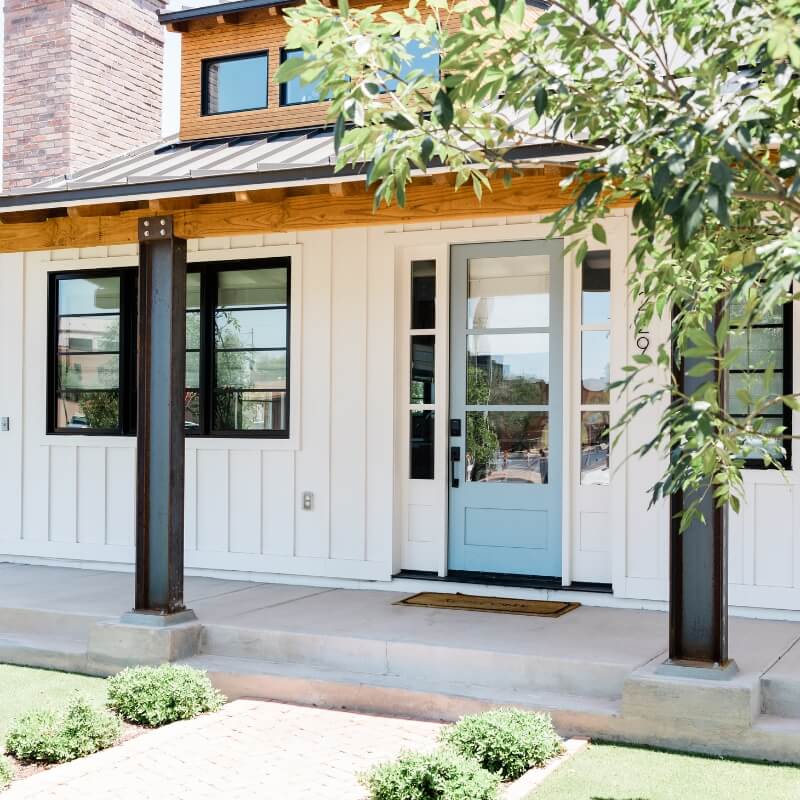DFW Rental Market Overview
The Dallas-Fort Worth (DFW) rental market has been experiencing dynamic changes over the past year and a half. Despite a slight dip in rental prices and a marginal increase in vacancy rates, demand remains strong, positioning DFW just behind New York City in terms of multifamily demand. Experts expect demand and prices to increase throughout 2024 and then begin to rise again in late 2025.
Pre-COVID Market Behavior
Before COVID, rentals and home values increased at incredibly high rates. Year-over-year lease renewals with a rent increase were as high as 70%. Home values increased 28–32% annually, giving property owners the illusion that prices would continue to rise indefinitely.
Current Rental Prices in DFW
General Pricing Trends
According to Zillow, the median rental price in Dallas is $2,000, which is a $99 decrease from the previous year. Currently, there are 2,185 rental units available in Dallas.
Rental Price Breakdown (Source: Rent.com)
- Studio Apartments: $1,347 average rent (down 4%)
- One-Bedroom Apartments: $1,340 average rent (down 1%)
- Two-Bedroom Apartments: $1,805 average rent (down 8%)
Rental Market Activity
Leasing Activity and Rent Trends
Over 5,000 units were leased in the first quarter of 2024, making it the busiest first quarter since 2019 (Source: CoStar). While year-over-year rent growth is negative at -1.4%, there have been positive monthly rent gains for four consecutive months. Experts expect rental rates to continue rising through the end of the year and return to over 3% growth in 2025.
Demand and Employment
High Demand and Strong Job Growth
DFW is second only to New York in rental demand, with 19,000 units filled in Q1 of 2024. DFW’s employment growth is also notable—it’s now within 150,000 jobs of Los Angeles, making it the third-largest employment base in the U.S. The business and professional sector alone added 160,000 jobs from 2020 to 2023, closing a significant gap that once stood at 750,000 jobs before COVID.
Construction and Development Outlook
New Construction and Regional Growth
Frisco, Allen, and McKinney are set to complete 18,800 new units between 2024 and 2026. Areas like Kaufman, Ellis, and South Fort Worth are projected to see 25% inventory growth. Experts consider current levels as “peak construction” across DFW.
Investor Insights
While Carrollton-Farmers Branch, Grapevine-Southlake, and West Plano are seeing measured development, Rockwall-Rowlett-Wylie and Kaufman County are facing high vacancy rates with an influx of new supply, suggesting an oversaturated market in some submarkets.
DFW Vacancy Rates and Inventory
Current Vacancy Rates
The current DFW vacancy rate is 10.7%, expected to peak at 11.5% in Q4 2024 (Source: CoStar). Over the past 12 months, 38,000 units were delivered, and over 19,300 units have already been leased this year.
Stabilization and Oversupply Trends
Rising demand and tapering construction activity are expected to stabilize vacancy rates and resume rent growth. However, the number of newly built homes targeted at renters has increased by over 180%, creating temporary oversaturation. Many new rentals and apartments are offering move-in specials or lower pricing to remain competitive.
DFW Multifamily Sales and Transactions
Multifamily Sales Overview
The average price per multifamily unit in DFW over the past 12 months was $194,000. Properties were sold with an average vacancy rate of 11.3%. While total sales volume reached $6 billion in the last year, it’s down significantly from $26 billion in 2021 when 19% of the market’s stock changed hands.
Residential Real Estate Market Snapshot
Buying and Selling Trends
We’re currently entering the peak buying and selling season (April to August). However, inventory remains high and buyer fatigue is setting in due to elevated home prices and interest rates.
Affordability Issues
Prices are not correcting as many had hoped. A drop in interest rates or home prices is needed to restore affordability, but interest rates are unlikely to fall in the near term. As people continue to move to DFW—over 100,000 per year—pre-COVID levels of affordability are unlikely to return.
Summary of Housing Prices by County
- Rockwall County: Down 4%
- Kaufman County: Down 4%
- Dallas County: Up 6%
- Collin County: Up 2%
Overall, the DFW housing market is flat to slightly down depending on the submarket.
Positive Signs in Inflation
Inflation is easing, and consumer prices on essentials like groceries and used cars are beginning to drop. Inventory on vehicles is increasing, and some financing offers, including 0% APR, have reappeared.
Conclusion: Market Outlook and Expert Advice
Current State and Future Predictions
The DFW rental market is going through a necessary correction with higher vacancies and slower rent growth. However, strong demand, job growth, and scaled-back construction will likely bring balance to the market in the coming months.
Expert Insight from Robert Lewis, Owner of DFW Rent Houses
Robert Lewis recommends pricing your rentals more competitively to avoid prolonged vacancies. Once the market stabilizes, you can increase rents at renewal. With high inventory and greater competition, move-in-ready properties priced right will lease faster.
DFW Rent Houses maintains strict tenant screening standards, focusing on high-credit, low-risk renters. This approach has resulted in an exceptional 42.3% tenant retention rate—more than triple the DFW average of 14.8%. Lewis credits this to the company’s commitment to respectful service, well-maintained homes, and long-term tenant relationships.



